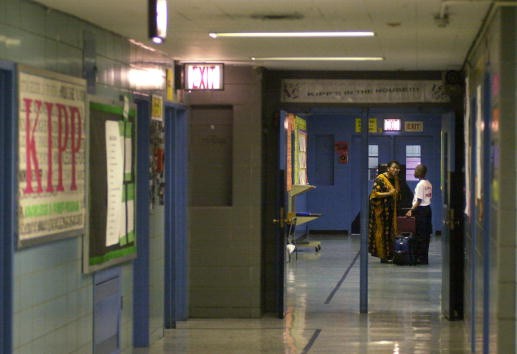The US Education Department reported that Black and Latino students faced unequal access to educational opportunities as they lacked certified teachers and advanced classes on Wednesday.
The data showed that the inequities have long-lasting effects on students' ability to learn effectively, attend college, and acquire degrees.
Unequal Access to Educational Opportunities

Education Secretary Miguel Cardona said they visualize education as the springboard that puts the American dream within reach. However, the educational opportunity in America remained unequal.
The Civil Rights Data Collection, a federal survey of nearly every public school nationwide, released the data in the 2020-2021 school year when the COVID-19 pandemic partially closed the schools.
The Supreme Court ordered the combination of schools nearly seven decades ago, and deep educational disparities in the American education system still progressed. The new data showed fundamental differences that endured in schools serving predominantly Black and Latino students.
The new data reported that Black and Latino students were more likely to attend schools with lower percentages of certified teachers.
A total of 522,000 students, or about 1% of the students, went to schools where fewer than half the teachers fulfilled all state certification requirements, and about 66% of students in the schools were Black or Latino.
Attending advanced classes showed a higher chance of going to college. However, Black and Latino students were far less likely to have access to or enroll in advanced courses.
There are 15% of all Black high school students, but 8% of the Black students could attend Advanced Placement science and 6% in AP math. Latino students were the 27% of all high school students but made up only 20% of AP science and 19% of AP math.
In contrast, White and Asian students overperformed in AP classes. Calculus was not offered in 35% of schools with high Black and Latino enrollment, while the subject was available at 54% of schools with low Black and Latino enrollment.
"I'm a person of color, and it often makes me wonder why people of color always get the bottom of the barrel," Sonya Thomas, executive director of Nashville PROPEL, an organization that worked with parents to advocate for students of color, said.
She said the unequal treatment was disheartening as their children deserve the best, and they must hold the state and federal government accountable.
Discrimination to Students With Disabilities
The Education Department revealed that students with disabilities and studying English faced unequal access to educational opportunities as well. Both students had lower enrollment in math and science classes compared with enrollment among all other students.
In the 2020-2021 school year, 26% of all high schoolers took biology, a standard ninth-grader class. However, only 13% of high schoolers with a disability took the course, and only 7% of students for those who were learning English.
The Civil Rights Data Collection plays a significant role in achieving equality in public schools, which began in the 1960s.








